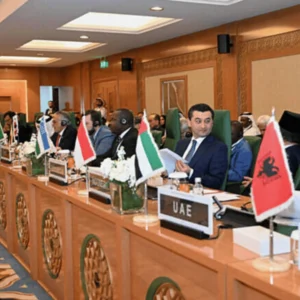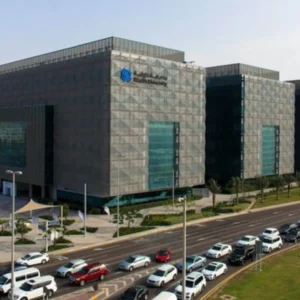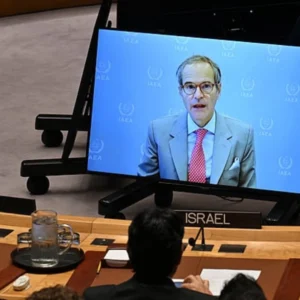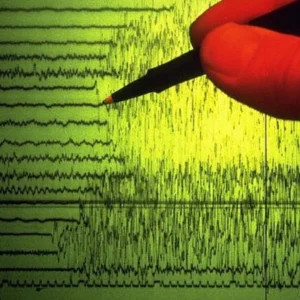A 5.1 magnitude earthquake recently struck Iran, intensifying an already volatile atmosphere in the region due to the ongoing conflict with Israel. While no immediate large-scale damage or casualties were reported, the tremor has raised significant concern among both local populations and the international community.
Iran is located on several major fault lines, making it particularly vulnerable to seismic activity. Earthquakes of this magnitude, although considered moderate, can still cause localized damage and pose serious risks in areas with vulnerable infrastructure or densely populated zones. The quake comes at a time when Iran is already under heightened stress due to political and military tensions in the region, particularly with Israel.
The Iran-Israel conflict has been marked by escalating rhetoric, cyberattacks, covert operations, and proxy confrontations across the Middle East. This natural disaster adds an unpredictable element to an already fragile situation. Humanitarian organizations and regional governments are concerned that the earthquake could further strain Iran’s emergency response systems, already under pressure from economic sanctions, political unrest, and the demands of ongoing regional tensions.
Moreover, this earthquake has reignited discussions around the vulnerability of critical infrastructure in conflict zones. Questions are being raised about the preparedness of Iran’s emergency services and civil defense systems, especially in times when military resources are heavily allocated toward defense strategies rather than disaster response.
For the civilian population, the earthquake serves as a painful reminder of the unpredictability of life in conflict zones. People are now dealing with the dual anxiety of natural disasters and military escalation, a combination that can have profound psychological and socio-economic impacts.
In conclusion, while the 5.1 magnitude earthquake itself may not have caused widespread devastation, its timing could not be more critical. It highlights the urgent need for disaster preparedness, humanitarian support, and de-escalation in a region already fraught with conflict and uncertainty. The event serves as a warning about how compounded crises — natural and man-made — can amplify instability in already tense geopolitical environments.









